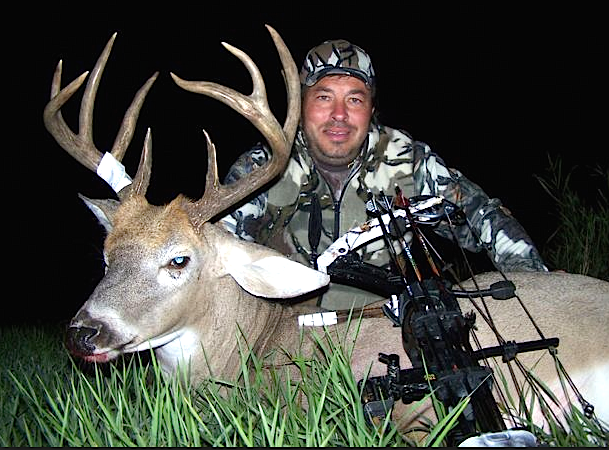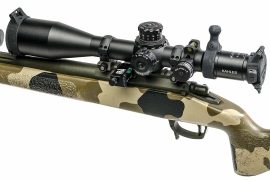
Creating a deadly-quiet bowhunting outfit makes you a deadlier predator.
It’s true that the modern compound bow is quieter than ever right out of the box. It’s also true you’ll never hear a bowhunter complain about his whitetail setup being too quiet. Outside Africa, where animals live in constant fear of sudden death from big cats, whitetailed deer are the jumpiest critters bowhunters regularly pursue.
This, of course, includes regional qualifiers.
The public-lands mountain whitetails I bowhunt in the Northwest (largely because of wolves and mountain lions) are the jumpiest I’ve bowhunted anywhere. Those I periodically pursue in Kansas, living with no large predators and hunted lightly, are tame by comparison. You’ll also find individuals at both ends of this spectrum within a herd — one buck standing and taking it like a man even after sensing your presence, another beneath the same stand coming unglued at the thump of the quietest bow. This often depends on factors such as the proximity of the shot (the closer the animal, the more apt it is to react), how practiced your shot timing is (deer unaware of your presence always make the best targets) or recent encounters with bowhunters (missed shots across the fence days earlier).
Yet there’s no way around the fact that assembling a whisper-quiet bowhunting outfit means you start the game at a huge advantage. Here’s a five-step approach to assure your bow fits into that category.
WATCH: HOW TO CHOOSE ARROWS FOR BOWHUNTING
The Big Picture
There are several inherent truths as directly applied to shot noise. First, super radical speed bows are seldom as quiet as “slower,” more forgiving models. I put slower in quotes because many fixate on that factor without understanding speed always comes at a price. Slower might indicate giving up 15 to 20 fps IBO. More practically, it might indicate shooting an average 280 fps real-speed bow instead of a barn- burning bow spitting arrows to 300 fps real speed (those numbers are offered to avoid inflated IBO ratings).
An undeniable reality is the fastest — and shortest — bows are more difficult to shoot well (especially when that book buck saunters beneath your stand and your heart’s fluttering) because of lower brace height. They’re also less comfortable to draw with cold, stiff muscles because of aggressive cams, and you have more time pulling through peak draw and sudden let-off valleys. Low brace means arrows spend more time on the string — more time to introduce human error when pulses redline. So, as an example, when choosing a whitetail bow — let’s say one from Bear Archery Products — I’ll make mine a Method (6.75-inch brace, 33-inch axle-to-axle and IBO 340 fps) instead of a Motive 6 (6-inch brace, 32 inches, 350 fps IBO).
More pointed, the arrows you choose have much to do with the decibel levels a bow produces after release. Simply put, a heavier shaft — 9 to 11 grains per inch (gpi) — more efficiently absorbs energy transferred by the bowstring than a lighter speed shaft (6.5 to 8.5 gpi) — resulting in less shot noise. Lighter- speed shafts absorb less of a bow’s energy, the remainder resulting in escape energies translating directly into vibrations, buzzes and twangs, creating shot noise to which deer easily react. Heavier arrows make for quieter shots, added reliability and penetration, and less influence from side-winds or light deflections.
Few whitetails are shot past 35 yards (25 yards, in reality). You don’t need blazing speed for success at such ranges, and don’t fall for the wives’ tale of beating a whitetail to the jump with blazing speed. Sound travels three to four times faster than the fastest compound.






